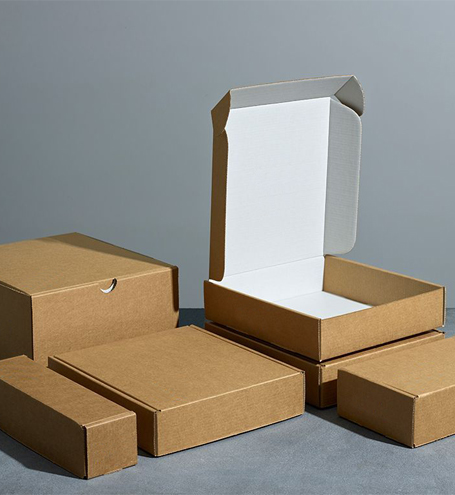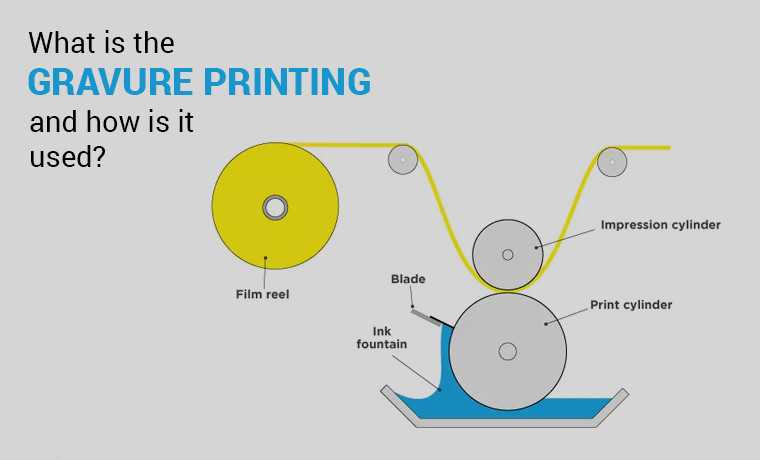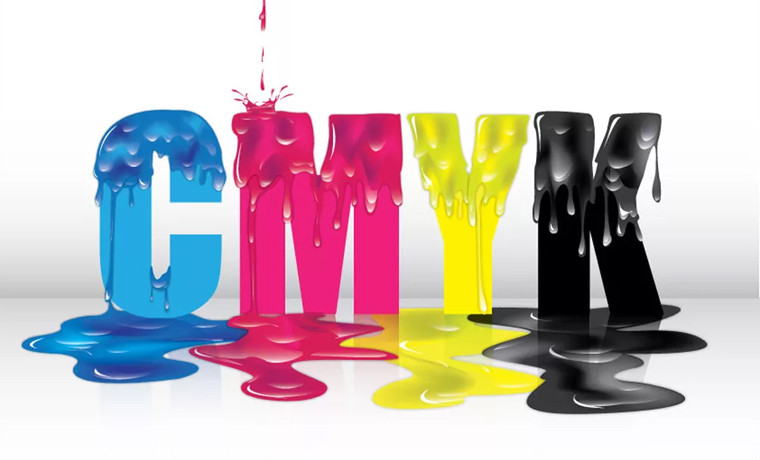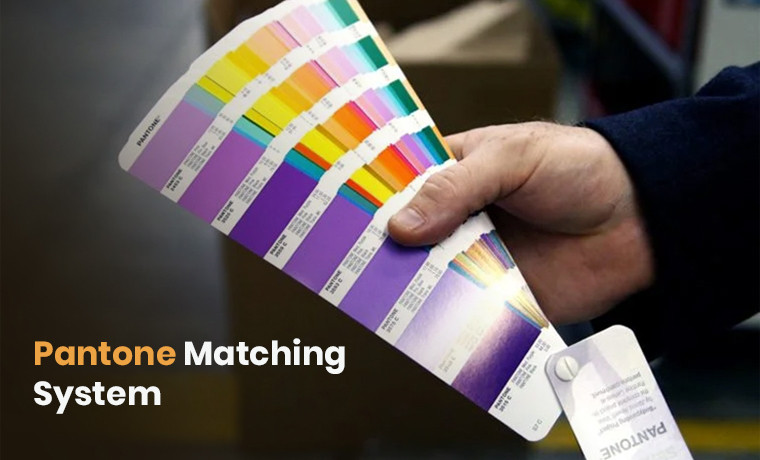How Flexible Packaging Helps Small Roasters to Preserve Flavor
September 08, 2025

In today’s rapidly growing coffee industry, small roasters are emerging—but so is the competition.
One key solution for small-scale operations is flexible packaging, which helps preserve freshness, reduces costs, strengthens brand identity, and improves the overall customer experience.
Choosing the right coffee packaging doesn't just keep your beans fresh—it directly communicates your brand values, wins over customers, and builds long-term loyalty.
This blog will walk you through the best flexible packaging for small coffee roasters, including types, advantages, and innovative approaches. You will learn how this packaging can lock the freshness of coffee beans and strengthen your brand identity in a competitive marketplace. Let's begin.
What is Flexible Packaging and Why is it Ideal for Small Coffee Roasters?
Flexible packaging consists of lightweight, adaptable materials like pouches and bags that preserve coffee and are easy to handle, store, and ship.
With a blend of practicality, aesthetic appeal, and customization options, flexible packaging is an ideal choice for small coffee roasters.
For small roasters, it’s a smart solution to:
- Preserve the flavor and aroma of freshly roasted beans
- Minimize shipping and storage costs
- Support eco-conscious values
- Strengthen brand presence
Different Types of Flexible Coffee Packaging For Small Roasters

Preserving coffee freshness and enhancing branding, here are the most common types of flexible coffee and tea packaging to help small coffee roasters make a mark.
Stand Up Pouches
Through functionality, durability, and aesthetic appeal, coffee pouch options for small businesses are ideal. They hold various amounts of coffee from single servings to larger quantities.
Featuring resealable zippers, these pouches enhance convenience for consumers to hold and carry coffee with confidence.
Kraft Paper Coffee Bags
These kraft paper bags offer a rustic, eco-friendly look and are made from biodegradable materials. With built-in barrier linings, they help preserve freshness and appeal to sustainability-minded consumers.
Valve Coffee Bags (Degassing Bags)
Featuring one-way valves on the top corner of the valve bags, these bags can maintain the freshness of roasted coffee beans. They allow gases to escape while preventing bag bloating and oxygen from entering.
Note: Valve bags extend freshness by 30% (National Coffee Association).
Foil-Lined Coffee Bags
Foil-gusseted coffee bags provide excellent protection from UV light and moisture, making them ideal for preserving delicate flavors in premium blends.
Key Benefits of Flexible Packaging for Coffee Roasters

Let’s discover the benefits of flexible packaging for small roasters. Here they are.
1. Cost-Efficiency
Flexible packaging is more affordable than traditional rigid containers for small roasters operating on a limited budget. This cost-efficiency allows them to invest more in sourcing quality beans or boosting their marketing efforts.
2. Lightweight and Space-Saving
Flexible packaging, including coffee bags, is lighter and takes up less space. This way, it reduces the shipping costs and makes storage easier for roasters.
3. Protective Barriers for Superior Protection
Made from multi-layer films and an airtight seal, this flexible packaging offers excellent barrier properties. It keeps coffee fresh by blocking out moisture, oxygen, and UV light.
4. Customization and Branding
This flexible packaging offers a canvas for creative designs and graphics. Small coffee roasters can easily customize coffee bags with vivid colors, logos, and distinctive textures to enhance brand image and attract coffee enthusiasts.
5. Sustainable Approach
With growing consumer demand for sustainable practices, evolving eco-friendly coffee packaging contributes to saving the planet. Many coffee manufacturing companies are now shifting towards recyclability and allowing roasters to align with packaging with eco-friendly values.
Read More: The Impact of Coffee Packaging on Preserving Coffee Flavor, Freshness, and Aroma
Best Practices for Flexible Coffee Packaging
Now, let’s explore the best practices that help small roasters present and package their coffee more efficiently.
Choosing the Right Material
Analyze your coffee needs and choose the most suitable packaging that provides optimum protection to your coffee beans. Make sure the packaging material you are choosing is good enough to represent your brand value and persona.
Focus on Graphics and Design
To make your packaging stand out, invest in compelling graphics and design elements that reflect your brand identity. Consider color psychology and consumer behavior to create visually engaging packaging.
Educating and Empowering Coffee Consumers
Inform your coffee lovers about the significance of coffee freshness and proper storage through flexible packaging. Highlight sustainability efforts to connect with eco-conscious consumers.
You can also educate consumers by providing essential ingredient information and instructions on how to use it.
Keeping Up To Date
Packaging innovations are emerging across industries, including coffee, and they’re transforming how coffee beans are stored, shipped, and displayed.
To make your roasters stand out, stay updated on new materials and technologies to ensure your coffee packaging remains competitive and visually appealing.
Closing Statement
Flexible packaging for small coffee roasters involves using adaptable materials like stand-up pouches or flat-bottom bags that offer both practical functionality and branding versatility.
This packaging not only helps preserve the freshness and flavor of coffee beans but also empowers small roasters to stand out in the crowded market by reducing costs, supporting sustainability goals, and delivering a memorable unboxing experience.
By choosing flexible packaging, small coffee roasters can extend the shelf life of coffee, build a stronger brand identity, and connect more deeply with today’s eco-conscious, quality-driven consumers, ensuring their coffee is reaching the hands of coffee lovers in original condition.
Ready to design packaging that preserves flavor and builds your brand? Reach out to Custom Product Packaging and discuss your requirements with our experts at orders@customproductpackaging.com to get started today.





